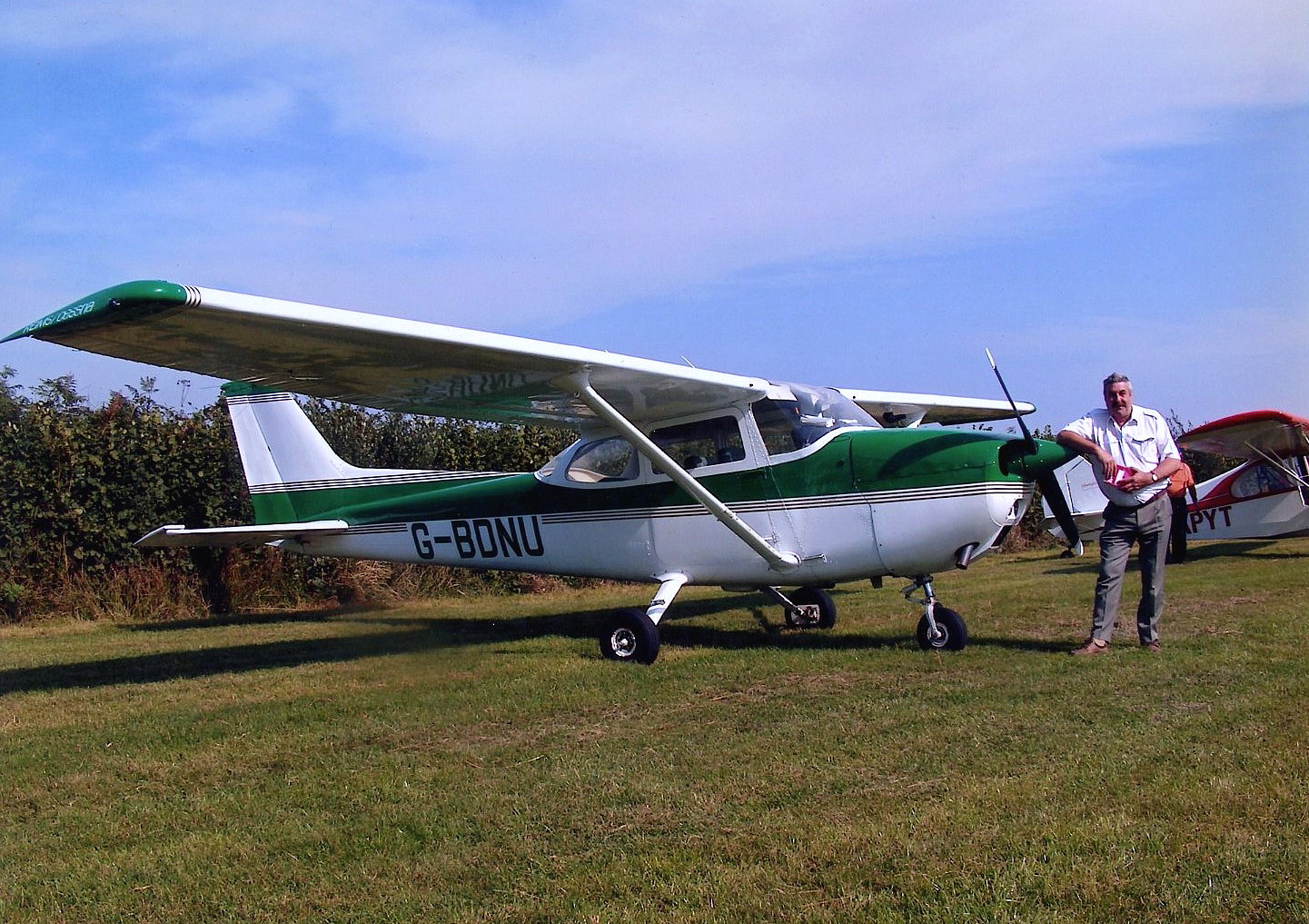Watchford Farm
WATCHFORD FARM: Private airfield
Note: All pictures by the author unless specified. The fourth picture was taken by my good friend Gordon Brown.
Operated by: Mr Brian Anning
Location: On the Blackdown Hills, 2nm SE of CULMHEAD disused aerodrome, 6nm S of Taunton and 6nm NE of DUNKESWELL
Period of operation: 1990s (?) to -
Runways: 2005: 05/23 400 grass 07/25 400 grass
(400 taking off of on 07, 350 landing on 25), 13/31 400 grass
2014: 04/22 400 grass 16/34 340 grass
NOTES: Venue for the PFA Devon Strut ‘Fly-in’ September 11th 2005 and others have been hosted since. I flew in for a Fly-In on the 9th September 2006, the Fly-In took place on the 10th and was a great success. Later, on one my last aircraft moves, I visited with my truck to transport the Sopwith Pup replica N5199 (G-BZND) on the 3rd July 2014. The most unusual Woody’s Pusher G-BSFV was based here in the late 1990s and early 2000s owned and flown by Mike Wells.
MY PICTURES
Seeing the Tiger Moth G-ADJJ (ex BB819) and meeting up with its owner Mark Preston in 2014 when collecting the Sopwith Pup replica was a real treat for me. I had collected this Tiger Moth from GREAT EVERSDEN in CAMBRIDGESHIRE in July 2002 for restoration.
A PERSONAL COMMENT
It has been something of a quest for me to get people to recognise why the Cessna 172 really is a truly great aeroplane. In fact it is the classic aeroplane of all time. First flown in 1956 it is still in production with around 43,000 built so far. Needless to say the most modern version differs in many ways from the original, but the basic airframe has not been much modified.
It certainly has its failings, nobody can deny that, but used sensibly it is a great aeroplane for cruising around and, something not normally recognised, it has really good short field capabilities. Remarkably good for an American 'Spam-Can'. For example, I was quite keen to demonstrate this to a fellow member of the Lion Flying Club at ELSTREE, Gordon Brown, when just the two of us flew down in the Cessna 172 G-BDNU for a Fly-In here; September 2006. Gordon, although an experienced pilot, had had not much time on the 172.
As the wind was from the east the circumstances were ideal. You will see looking at the pictures, that on the west side of the airfield there is a triangle defined by quite a high hedge leading to the 08/26 runway which wasn't being used during the Fly-In. With November Uniform set up just right, (more luck than judgment possibly I will admit), after passing over the hedge I plonked her down and had her stopped before reaching the 08/26 runway.
This said, this wasn't the shortest landing I have made in a 172, but a howling 35 knot wind on the nose did help at Heraklion in Crete! However, I didn't exactly achieve my aim here, as I ran about ten feet further than intended beyond the turning circle at the start of the runway. This being influenced 'by the need to land long' as advised, due to the severe downdraught produced as the land steeply dips away on that runway. That older 172 had 40º of flap available, and it is claimed that no matter how steeply you approach, the flap limiting speed cannot be exceeded.
The point being that even a relatively inexperienced pilot, such as myself, can obtain a great deal of enjoyment and satisfaction flying this much maligned 'Spam-Can'. And, quite frankly, until I started flying one out of a farm strip, with expert advice on hand, I then realised that most pilots flying from large licensed airfields, were not being taught to fly the type properly.
We'd love to hear from you, so please scroll down to leave a comment!
Leave a comment ...
Copyright (c) UK Airfield Guide
























